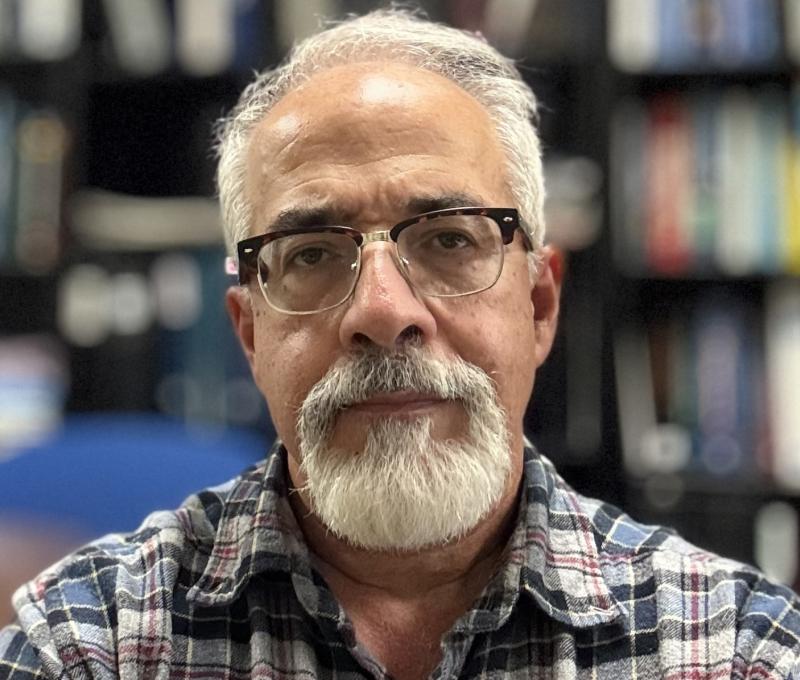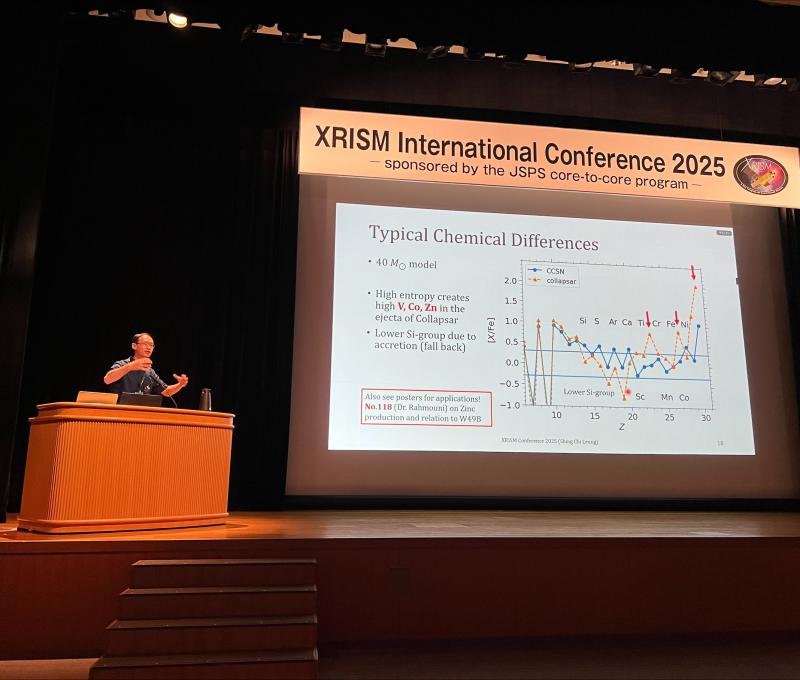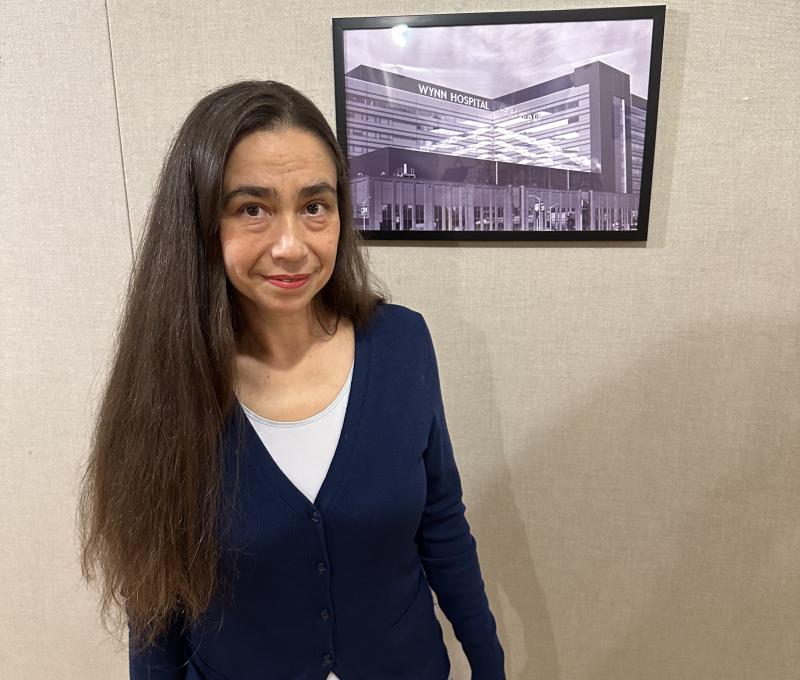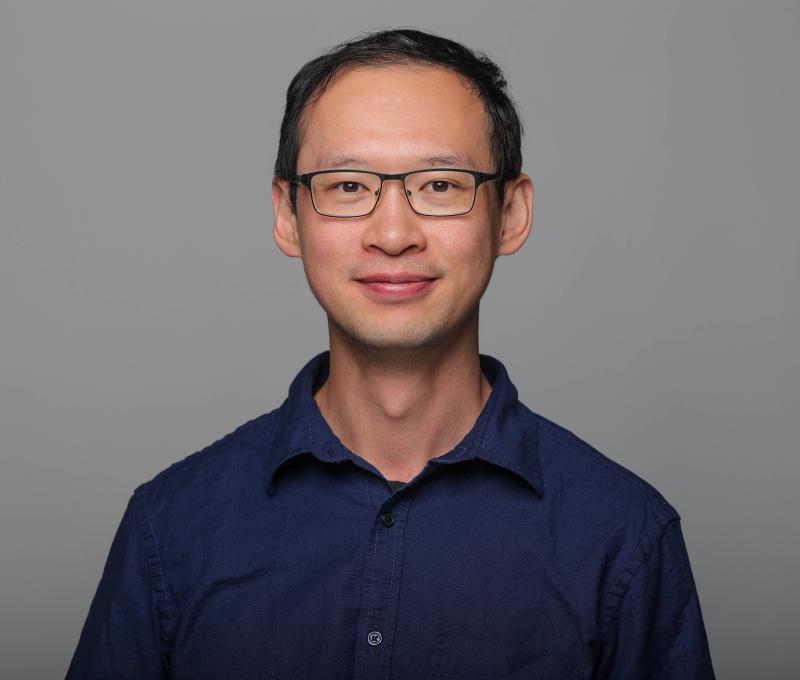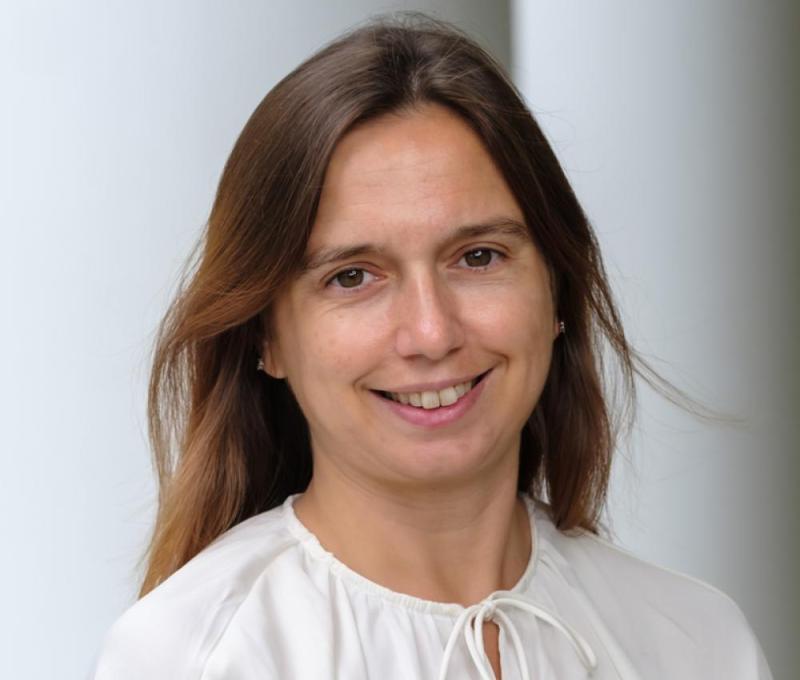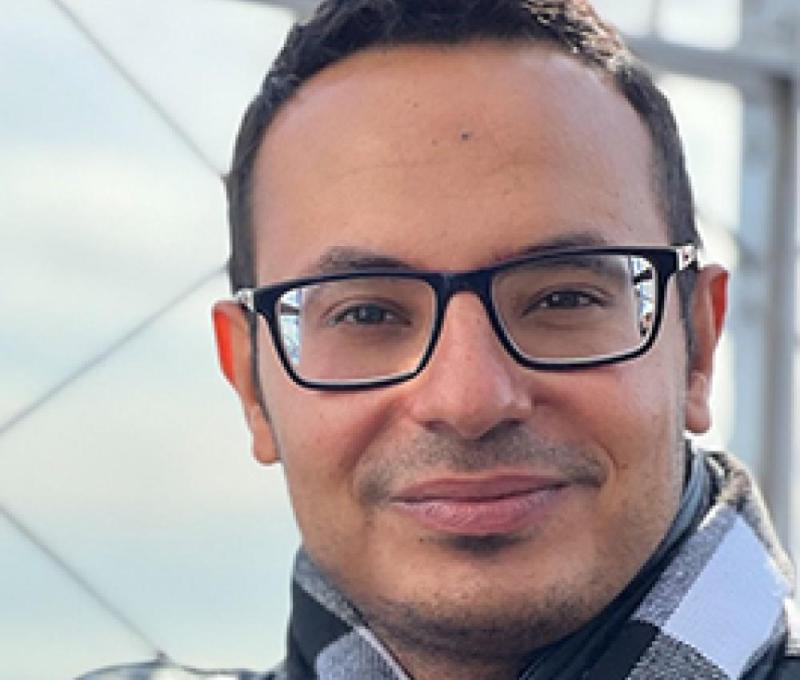SUNY Poly Students Collaborate Across Disciplines through Braille Blocks Project, Humanitarian Efforts

Providing students with project-based learning experiences is engrained in the fabric of SUNY Polytechnic Institute. The Braille Blocks project is one of several collaborative efforts featuring students and faculty from multiple disciplines who have worked together to develop assistive technologies for people with disabilities.
SUNY Poly has partnered with the Central Association for the Blind and Visually Impaired (CABVI), an agency that provides a host of educational and recreational services to individuals who are blind and visually impaired, on this specific project.
Tactile technology such as Braille Blocks have been used for teaching braille letters and numbers to children and students with visual impairments. However, in recent years, CABVI sought an alternative to the existing braille blocks available for instructing visually impaired and blind children. SUNY Poly Community and Behavioral Health (CBH) students and engineering students took on the challenge to design more developmentally appropriate and visually impaired-friendly braille blocks.
SUNY Poly Associate Professor of Mechanical Engineering Technology (MET), Dr. Daniel Jones, notes that the design criteria included one letter or number per block. Furthermore, the new design had to be easy to clean and large enough that a block would not fit into the mouth of a child and present a choking hazard. These blocks would primarily be used by children three-to-five years old, but also by older children and adults who became visually impaired.
Students in the Mechanical Engineering Technology and Community and Behavioral Health programs worked together to develop a prototype of the blocks along with a braille scrabble game, called “Brabble.” Dr. Jones notes that CBH students provided the developmental specifications and evaluations for the blocks, and the MET students provided design details, manufacturing methods, and production of the prototypes.
CBH and MET students, as well as SUNY Poly faculty, visited CABVI when the effort began in 2017. Presentations by CABVI staff on various needs resulted in several capstone and long-term projects, including the development of the braille blocks.
Throughout the course of the project, students used 3D printing technology, leading to braille block improvements in 2019. For example, magnets were attached to the edges in order to easily hold blocks together side-by-side to create words. This also enabled blocks to stick to a whiteboard. Initially, magnets were glued into holes on the blocks, but this was a potential choking hazard to children; the student and faculty design teams decided to embed magnets inside the blocks.
“The experience and knowledge I gained through participating in this service-based project was invaluable,” said SUNY Poly CBH alum and project participant Caryn Schweinsberg. “It expanded my team building skills immensely and taught me about the significant impact a multidisciplinary approach can have on a single goal. It also allowed me to gain a very different perspective on problem solving through the eyes of a different discipline. In addition to gaining experience and knowledge, I had the opportunity to be involved in developing a product that greatly impacted children with visual impairments. The benefit of this collaboration was significant, and together, we were able to create not only one successful product for the students at CABVI, but two.”
The college semester schedule can be challenging due to time constraints, but SUNY Poly faculty, staff, and student workers maintained continuity and progress on the series of braille projects, with assistance by CABVI teachers.
Ultimately, the objective of these projects was for students from dramatically different disciplines to work together and come up with new ideas that would otherwise not be possible, which has been a resounding success.
An educational humanitarian ecosystem
The Braille Blocks Project is a byproduct of an educational humanitarian ecosystem consisting of three academic minors (Humanitarian Studies, Humanitarian Engineering, and Humanitarian Engineering Technology) and multi-disciplinary research teams.
It all started in the mid-2010s when SUNY Poly Interim Dean of the College of Health Sciences, Dr. Joanne Joseph, was doing work with Sitrin Rehabilitation Center’s Soldier Rehab Program. It was there that she met a veteran, who, after sustaining injuries from an IED, was no longer able to golf, an activity he loved.
“If I could only play golf again, that would restore a lot of my quality of life,” he said.
Dr. Joseph reached out to Dr. Jones about the possibility of that challenge becoming a project for a couple of MET students. For under $300, the MET students designed and produced a set of golf clubs, and now the local veteran is back on the golf course. The project’s success inspired Dr. Joseph’s belief that it could be the start of a new minor at SUNY Poly.
She successfully applied for a SUNY Performance Improvement Fund (PIF) Grant, with the three aforementioned minors having been approved in the spring of 2019.
SUNY Poly has since partnered with CABVI, Sitrin Rehabilitation Center, Upstate Cerebral Palsy, Resource Center for Independent Living, New York State Industries for the Disabled, Human Technologies Corporation, ENABLE and the ALS Foundation on several meaningful projects. The institution also welcomes the opportunity for additional partnerships in the future.
“From my perspective, it's a win-win, because students are learning how to communicate with each other across disciplines, which is extremely important,” said Dr. Joseph of the collaborative efforts between MET and CBH students. “Also, the products are enhanced, because we’re not only bringing in the engineering, but the human side of the equation, as well.”
Dr. Joseph sees three key results arising from these successful, cross-disciplinary research efforts: “One, it becomes part of SUNY Poly’s brand—because we make a difference in people’s lives; two, that we develop a spinoff, entrepreneurial company providing this kind of service; and three, that it will be an exciting recruitment tool, especially for female students who it has been very appealing to.”
The impact on community partners, such as CABVI, has also been incredibly positive.
“Our collaboration with SUNY Poly has been both innovative and forward thinking,” said Kathy Beaver, Vice-President of Rehabilitation at CABVI. “When Dr. Joseph reached out and inquired as to whether there was a project they could help with, I didn’t know what to expect. Would we spend a lot to time and energy on an idea with no solution? If so, would the process of engagement be enough of a reward?
“Two years later, I can honestly say it was well worth the investment of time. Am I thrilled we have a product we can use? The answer is most definitely,” Beaver continued. “However, more importantly, the strength in collaboration with universities and institutions of higher learning is a new level of innovation that will not only broaden the education of college students but connect them to communities, and, in turn, allow organizations such as CABVI to accomplish so much more.”

